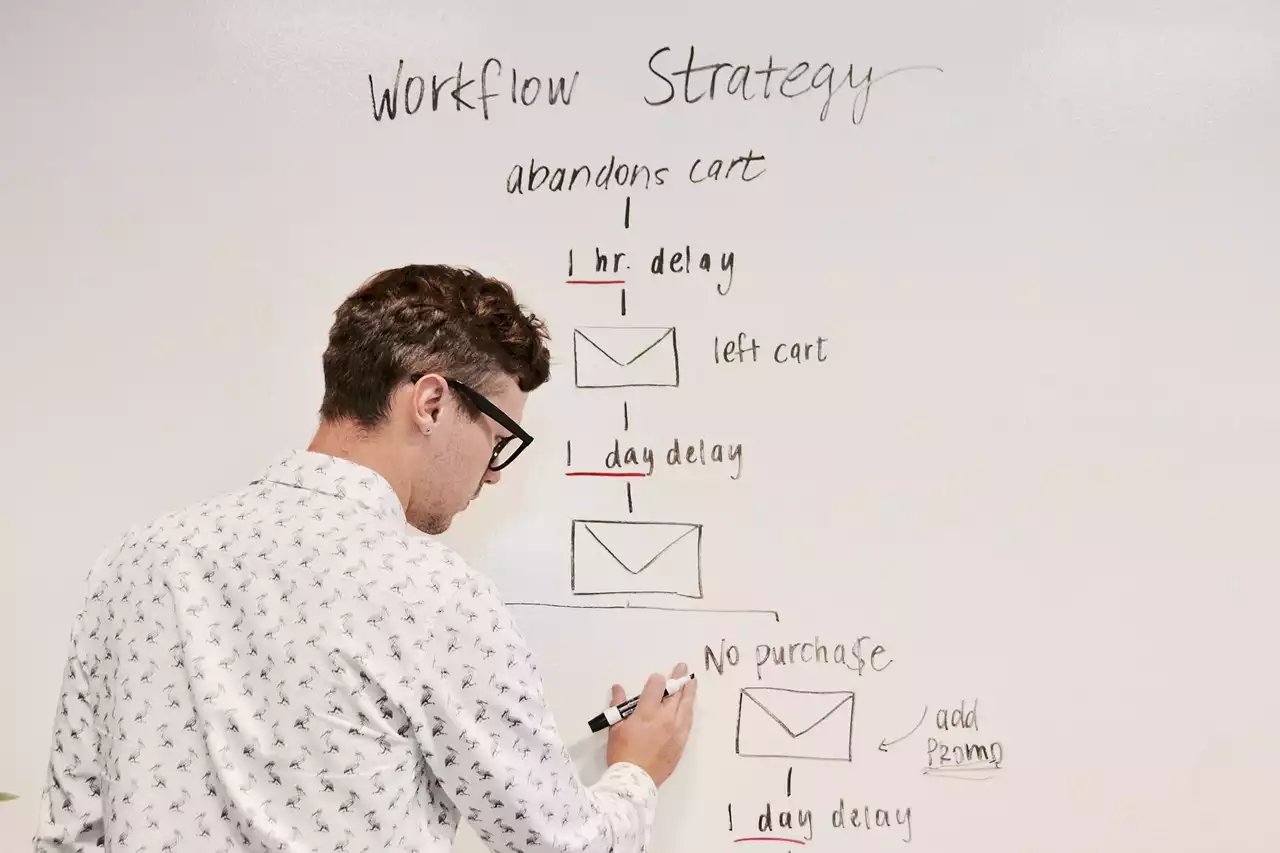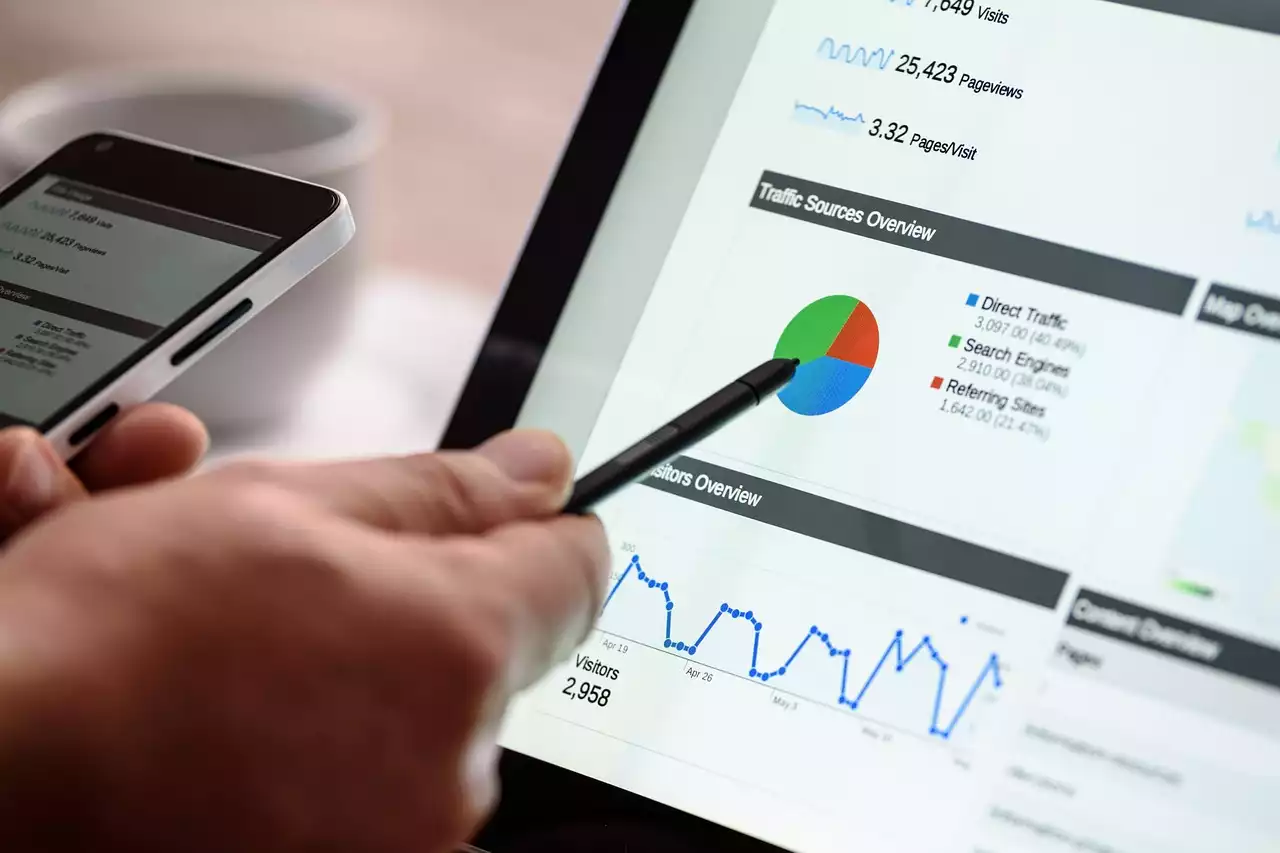Benefits of Email Marketing
Before we dive into the specifics of creating a successful email marketing strategy, let's take a moment to discuss the benefits of email marketing. First and foremost, email marketing is cost-effective. Unlike traditional marketing channels, such as print or television advertising, email marketing allows you to reach a large audience without breaking the bank.
Another benefit of email marketing is that it allows you to connect with your subscribers on a personal level. By sending targeted messages to a group of subscribers who have opted in to receive updates from your brand, you can build trust and establish a relationship with your audience.
Email marketing is also incredibly versatile. There are a variety of types of emails you can send, from newsletters to promotional emails, to cart abandonment emails. This versatility allows you to tailor your email campaigns to your specific goals and target audience.
Types of Email Marketing
As mentioned, there are several types of emails you can send as part of your email marketing strategy. Let's take a closer look at some of the most common types of email marketing:
1. Newsletter Emails: Newsletter emails are a great way to keep your subscribers informed about your brand. They typically include updates on new products, upcoming events, and other news related to your brand.
2. Promotional Emails: Promotional emails are designed to promote a specific product or service. They often include a call to action, such as "Shop Now" or "Learn More."
3. Welcome Emails: Welcome emails are sent to new subscribers and are designed to introduce them to your brand. They can include information about your products or services, as well as a welcome offer or discount.
4. Cart Abandonment Emails: Cart abandonment emails are sent to subscribers who have added items to their cart but haven't completed their purchase. They can include a reminder of the items in their cart, as well as a call to action to complete their purchase.
Understanding Your Target Audience
One of the most important elements of a successful email marketing strategy is understanding your target audience. By understanding the needs and interests of your subscribers, you can create targeted messages that resonate with them and drive engagement.
To better understand your target audience, consider creating buyer personas. A buyer persona is a fictional representation of your ideal customer. It includes demographic information, such as age and gender, as well as information about their interests, needs, and pain points.
Once you have a better understanding of your target audience, you can create targeted messages that speak directly to them. This can include personalization, such as using their name in the subject line or body of the email, as well as creating content that speaks to their specific interests and needs.
Building and Growing Your Email List
Another crucial element of a successful email marketing strategy is building and growing your email list. Without a strong email list, your email campaigns will not reach their full potential.
To build your email list, consider adding opt-in forms to your website and social media channels. These forms should be prominently displayed and offer an incentive for subscribers to sign up, such as a discount or free resource.
It's also important to regularly clean your email list to ensure that you are only sending messages to engaged subscribers. This can include removing inactive subscribers or those who have marked your emails as spam.
Crafting Effective Email Campaigns
Once you have a strong email list and a better understanding of your target audience, it's time to start crafting effective email campaigns. There are several key elements to consider when creating your email campaigns, including:
1. Subject Lines: Your subject line is the first thing your subscribers will see, so it's important to make it compelling. Consider using personalization, such as including their name or location, as well as creating a sense of urgency or curiosity.
2. Body Copy: The body of your email should be well-written and engaging. It should include a clear message and a call to action that encourages subscribers to take action.
3. Design: The design of your email should be visually appealing and consistent with your brand. It should also be optimized for mobile devices, as many subscribers will be reading your emails on their smartphones.
Personalization in Email Marketing
Personalization is a key element of a successful email marketing strategy. By personalizing your messages, you can create a more meaningful connection with your subscribers and increase engagement.
There are several ways to personalize your emails, including using the subscriber's name in the subject line or body of the email, segmenting your email list based on interests or behaviors, and creating targeted messages that speak directly to your subscribers' needs and pain points.
Email Automation and Segmentation
Email automation and segmentation are powerful tools that can help you streamline your email marketing efforts and increase engagement. Email automation allows you to send targeted messages to your subscribers based on their behavior or interests, while segmentation allows you to divide your email list into smaller groups based on certain criteria.
By combining email automation and segmentation, you can create highly targeted messages that resonate with your subscribers and drive conversions.
Measuring the Success of Your Email Marketing Strategy
To ensure that your email marketing strategy is effective, it's important to regularly measure your success. This can include tracking metrics such as open rates, click-through rates, and conversion rates.
By analyzing these metrics, you can identify areas where you need to improve and make adjustments to your email campaigns accordingly.
Common Mistakes to Avoid in Email Marketing
Finally, it's important to be aware of common mistakes that can hinder the success of your email marketing strategy. Some of the most common mistakes to avoid include:
1. Sending too many emails: Bombarding your subscribers with too many emails can lead to a high unsubscribe rate and decreased engagement.
2. Failing to personalize messages: Personalization is key to creating a meaningful connection with your subscribers. Failing to personalize your messages can lead to decreased engagement and conversions.
3. Neglecting mobile optimization: With more and more people reading emails on their smartphones, it's crucial to ensure that your emails are optimized for mobile devices.









